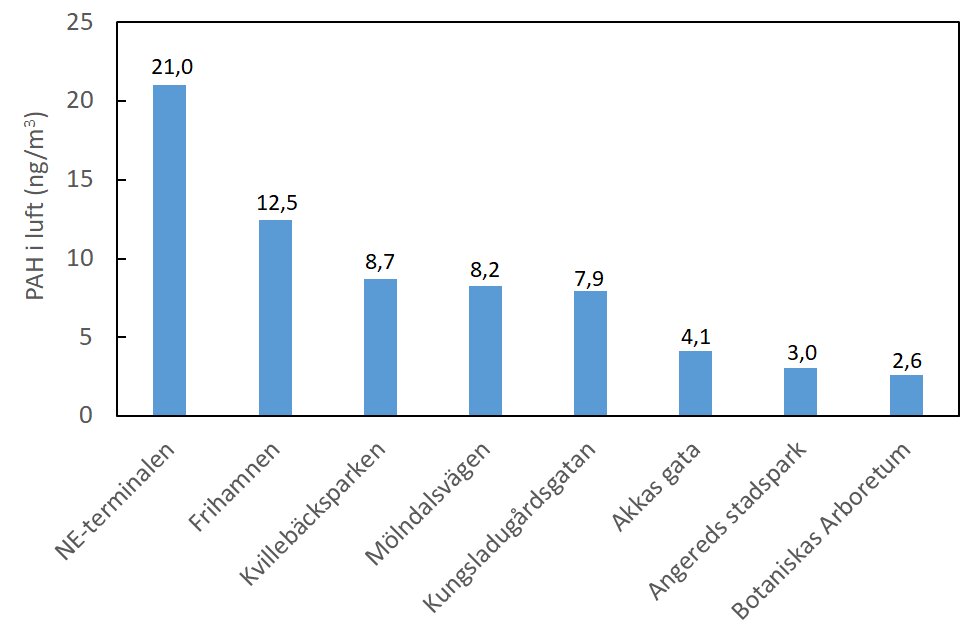11 Dec 2024

Tired Earth
By The Editorial Board

That green spaces can improve the quality of life and create a better climate in our cities is well known, but how important is vegetation for producing cleaner city air? This question is the focus of an extensive collaborative project led by researchers at University of Gothenburg.
In the project's first study, the researchers measured pollutants in the air and compared them with pollutants on the leaves of deciduous (broadleaf) trees. The study looked at the pin oak (Quercus palustris), and sampling was made in June and September 2018. The study was conducted in seven urban settings in Gothenburg. The researchers chose to focus on PAHs, a group of air pollutants not yet studied closely but some of which are believed to be very harmful to human health.
The results are clear: the pollutants in the leaves increased over time and the researchers could show a clear correlation between the level of air pollutants and the concentration of pollutants in the leaves.
"The study establishes that the leaves collect the air pollutants during the summer, thus reducing human exposure to harmful substances in the air. These types of extensive measurements of pollutants in both vegetation and the air are unusual, and the study confirms that trees play a role in improving air quality in cities," says Håkan Pleijel, professor of environmental sciences at the University of Gothenburg University.
At the same time, the researchers discovered that pollution levels varied greatly between different measurement sites. At the most polluted site—Nils Ericsson Terminal, the main bus station—the levels of PAHs were seven times higher than at Angered City Park on the periphery of the city.
"That the differences in pollution were so great between different parts of the city may seem surprising, and this is important information for the authorities to be aware of," says Pleijel, who added that traffic is the primary source of air pollutants in the settings studied by the project.
The researchers also measured pollutants in the needles of black pine (Pinus nigra) conifers in urban settings and in the Botanical Garden's arboretum. The measurements showed that levels of pollutants were considerably higher in needles that were three years old compared with one-year-old needles.
"This shows that conifers also are important for cleansing city air. An advantage with conifers is that the needles remain on the trees even in the winter, when pollution levels in cities are often at their highest," says Jenny Klingberg, a researcher in environmental sciences at Gothenburg Botanical Garden.
The researchers hope that the study can be an important piece of the puzzle when planning urban landscapes.
"We need to work with multiple methods to reduce air pollution levels in our increasingly tightly populated cities. Reducing emissions is the most important measure, but we show that vegetation also plays an important role in creating sustainable cities where residents are healthy," says Jenny Klingberg.
Source : phys.org
Comment